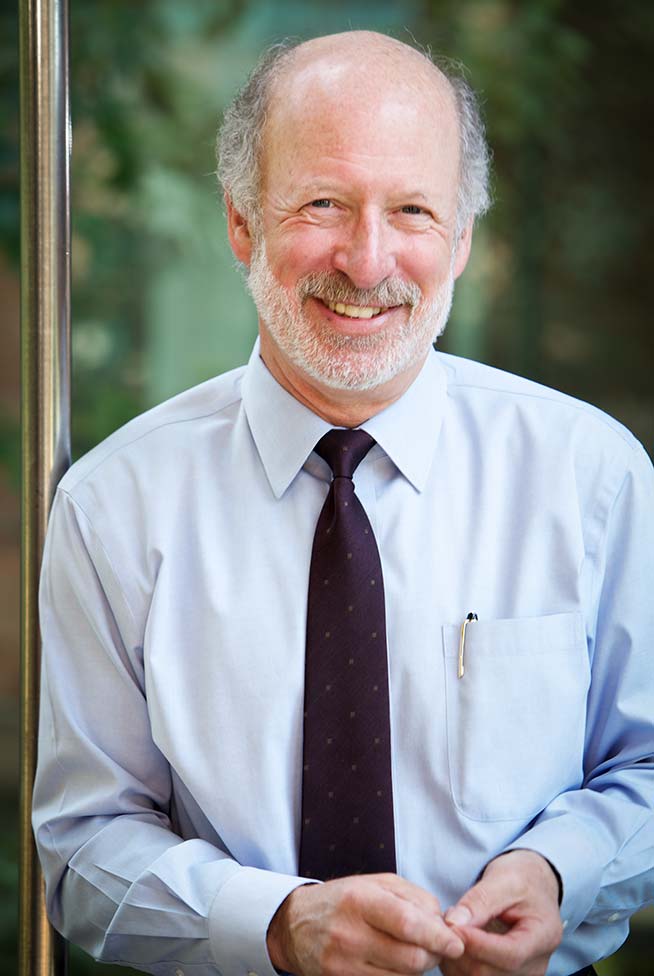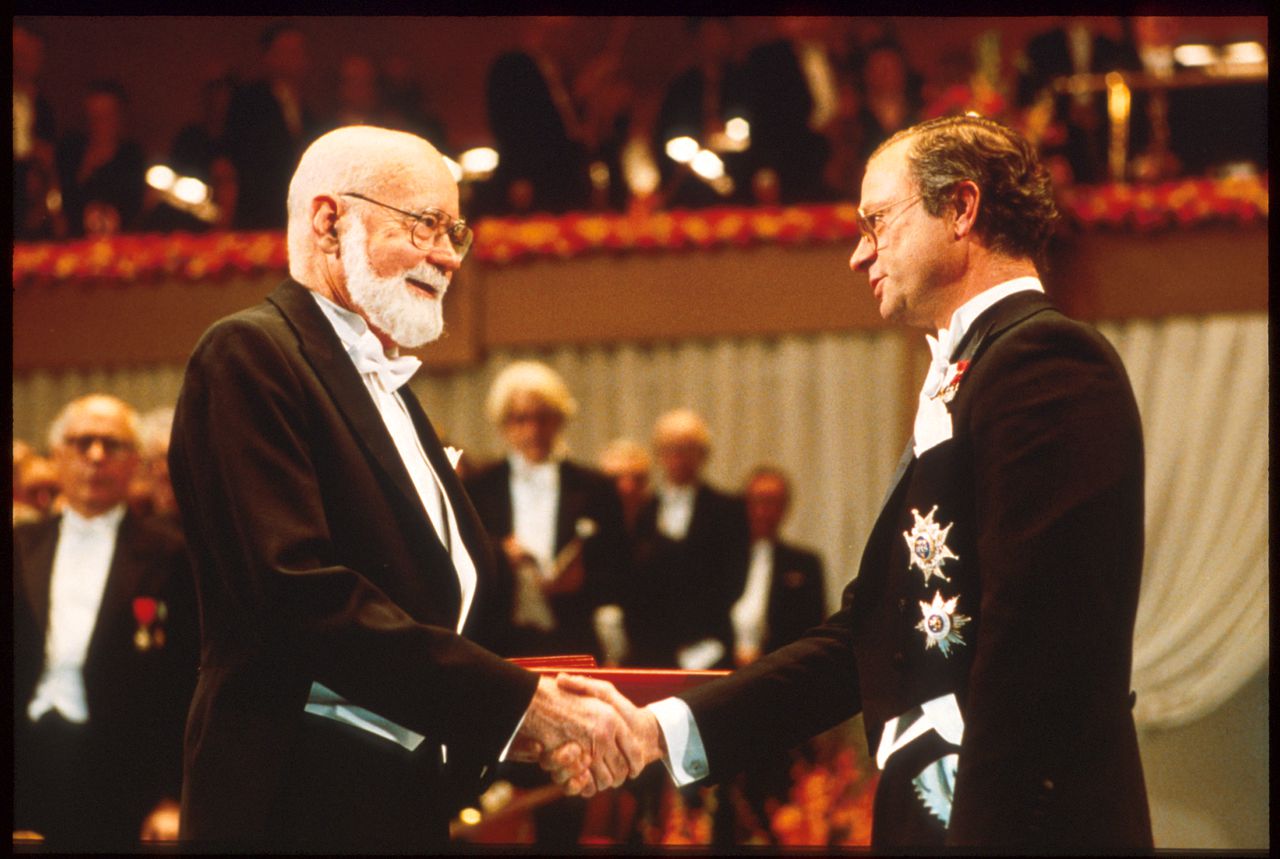

Living Medicine: Don Thomas, Marrow Transplantation, and the Cell Therapy Revolution
In 1970, in the journal Blood, a second-year medical student named Frederick Appelbaum read a paper describing a 46-year-old man with blastic crisis of chronic myelogenous leukemia who was given 950 rads whole-body irradiation followed immediately by 17.6 x 109 marrow cells.
To rescue this patient from this lethal dose, the study’s senior author—E. Donnall Thomas—injected marrow cells from the patient’s sister into the patient, and the cells successfully grafted.
The concept, blood marrow transplantation, was considered new, strange, and imperfect. Appelbaum, then a student at Tufts, felt the unmistakable recognition of his own path in the world.
“Why does somebody love classical music or someone love poetry? There are things that just appeal to us,” said Appelbaum, executive vice president, professor in the Clinical Research Division, and Metcalfe Family/Frederick Appelbaum Endowed Chair in Cancer Research at Fred Hutchinson Cancer Center.
“[Bone marrow transplantation] hadn’t been worked out in humans yet. But the idea that you could get rid of someone’s entire hematopoietic system and transplant a normal one in place of it just seemed extraordinary.
“From then on, don’t ask me why, it was like having my brain tattooed. I just couldn’t get it out of my mind,” he said.
Delving deep into Thomas’s role in discovering bone marrow transplantation and its role in curing hematologic cancers,
"If it hadn’t been told, and if the story had been lost to history, I just thought that would be a tragedy"
Appelbaum, who became Thomas’s mentee and collaborator, wrote “Living Medicine: Don Thomas, Marrow Transplantation, and the Cell Therapy Revolution.”
“We’ve gone from a setting where Don and just one or two other people were the only ones that thought marrow transplantation was even possible in the 1950s, to today, where there are 100,000 transplants performed worldwide every year and 40 million people have signed up and registered to be potential stem cell donors.”
A History That Reads Like a Novel
Organized into 25 chapters, Living Medicine is largely a history of bone marrow transplantation. Dr. Appelbaum begins with a captivating preface. “Even though I’ve been doing it for decades, every time I perform a bone marrow transplant, it seems like magic,” he writes.

Dr. Appelbaum gives an extravagant world-class description of the development of bone marrow transplantation.
This description does a deep dive into the science of blood and transplantation, never once shying away from the science needed in this complex subject but always writing with clear, muscular prose that accelerates the narrative instead of bogging it down in excessive verbiage.
Living Medicine is a big book about big ideas and the big people who hatched and fought to make those ideas a reality. And, in doing so, they elevated the field of oncology research and saved countless lives.